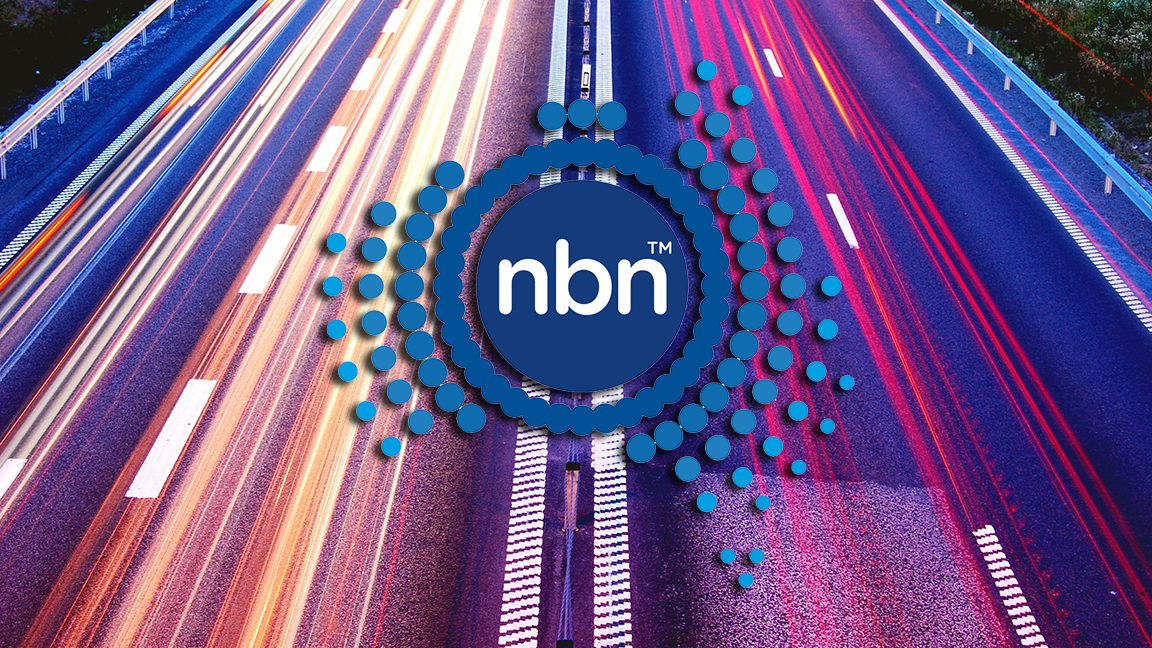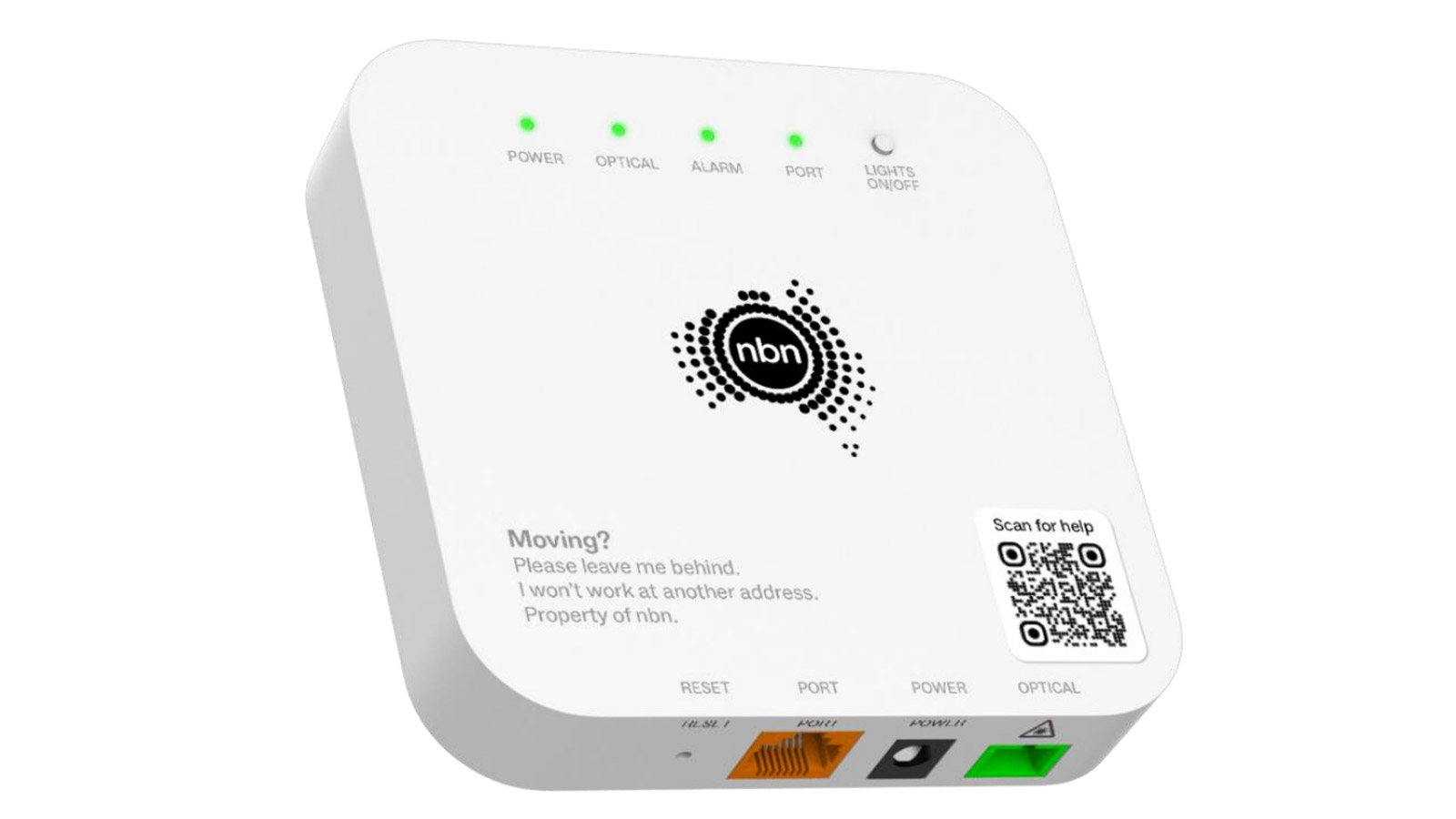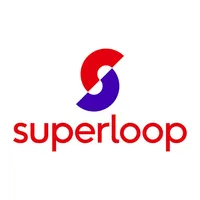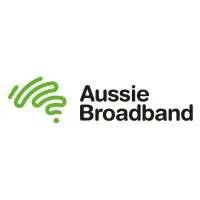Best NBN 2000 plans: the standout options for the new 'Hyperfast' speed tier in Australia
Australians now have access to multi-gigabit download speeds, but they come at a price

The best NBN 2000 plans deliver the absolute fastest speeds in Australia right now. They were teased by NBN Co in late-2024 and were officially rolled out from September 14, 2025.
The new NBN 2000 plans – appropriately dubbed ‘Hyperfast’ – are now available to offer homes and businesses connected via fibre to the premises (FTTP) or hybrid fibre coaxial (HFC) the chance to double the maximum download speeds currently available.
If you're keen to experience these new speeds, there's no easy way to say it – NBN 2000 plans are far from cheap, with the cheapest we've found so far being AU$145p/m for the first 6 months from Superloop. The only upside to this particular plan is that Superloop is, so far, the only telco to advertise a typical evening speed. At 1,700Mbps, it's a beast.
Plus, your options are currently limited, as there are only 6 providers offering an NBN 2000 plan. If you want a fast internet plan but want greater choice, the best NBN 1000 plans are your best bet.
For now, these are our my NBN 2000 plan recommendations.
Superloop Hyperspeed plan | 1,700Mbps | AU$145p/m (first 6 months, then AU$165p/m)
For a time, Superloop was the only provider to quote a typical evening speed, and at 1,700Mbps, it was a doozy. This has now been beaten by Aussie Broadband, but I'm continuing to select Superloop due to cost reasons. In short, Superloop's NBN 2000 plan is the cheapest you'll find right now, representing great value for the speed you're getting.
• AU$145 minimum cost
• AU$1,860 first year cost
• AU$1,980 ongoing yearly cost
Aussie Broadband | 1,810Mbps TES | AU$169p/m (first 6 months, then AU$189p/m)
Wow, Aussie Broadband has revealed its NBN 2000 typical speed figure and it's a monster at 1,810Mbps. If you want blazing-fast internet speeds at home, then this is the plan to go for. ABB is one of Australia's most trusted NBN providers and so I do have faith that this TES claim is legitimate.
There are also couple of plans to choose from too. A regular one as a 'Pro' plan. The main difference is upload speed: 200Mbps for the former (for FTTP connections) and 500Mbps on the Pro plan. If you connect via hybrid fibre coaxial (HFC), you'll receive up to 100Mbps upload speeds on the regular plan.
• AU$169 minimum cost
• AU$2,148 first year cost
• AU$2,268 ongoing yearly cost
NBN 2000 FAQ
When will NBN 2000 plans be available?
Why you can trust TechRadar
NBN 2000 plans were made available from September 14, 2025. Not all providers offered them on this day, with only 5 providers opting in as of September 15.
We will of course be keeping our eyes peeled for when the new plans become available and will update this page as soon as we know more.
How fast are NBN 2000 plans?
As the name implies, NBN 2000 plans will offer theoretical maximum download speeds of 2,000Mbps (or 2Gbps) – double that of the current theoretical maximum of the best NBN 1000 plans.
Upload speeds will also get a major speed increase to a maximum of 200Mbps (compared to the 50Mbps maximum on NBN 1000 plans) although this will only be available to customers connected via FTTP.
Customers connected via HFC will only be able to achieve a maximum upload speed figure of 100Mbps, or half that of full fibre.
As with all of the best NBN plans, the 2,000Mbps figure is just the theoretical maximum available, which is often different to the typical evening speed figure achievable in the real world. However, Superloop and Aussie Broadband both now advertise typical evening speed figures, of 1,700Mbps and 1,810Mbps, respectively. These are seriously fast and not far off the theoretical maximum, which is great news for potential customers.
How much do NBN 2000 plans cost?

We initially expected NBN 2000 plans to cost anywhere from AU$150p/m to AU$200p/m and, now they've launched, our estimates were accurate.
The cheapest NBN 2000 plan we've spotted so far is AU$149p/m, whilst the most expensive is AU$190p/m. The average sits at just over AU$174p/m as at the time of writing.
What equipment do I need for an NBN 2000 plan?
Whether you already connect to the fixed-line NBN network via FTTP or you're on one of the inferior FTTN/C connection types, you'll need new equipment if you want to sign up for a new NBN 2000 plan.
NBN Co has confirmed that a new connection box has been developed, and interpreting its wording, will become the new default connection box for anyone upgrading to FTTP, regardless of the plan speed they opt for.

Not only will the new connection box support the multi-gigabit NBN 2000 plans, but it also now features just a single port, as opposed to the four-port design of the current connection box. In the majority of cases, homes connected via FTTP will likely only use just one port, which is the reason for this design change.
New four-port connection boxes will also be available for homes that need them, but details regarding the logistics of how you go about obtaining one are thin on the ground right now.
You will also, potentially, need to upgrade your router to a newer model that's capable of supporting the faster speeds. Our in-depth guide (linked) will tell you everything you need to know, but the short of it is, you'll need at least a Wi-Fi 6E modem but ideally a Wi-Fi 7 is you intend to sign up for an NBN 2000 plan.
Should I get an NBN 2000 plan?
That all depends on the needs of your household and, as mentioned, NBN 2000 plans will only be available to customers who connect to the NBN via FTTP or HFC infrastructure. In 2025 that's less of a barrier than it was in previous years. If your premises don’t currently use either of these technology types, and you instead connect via fibre to the node (FTTN) or fibre to the curb (FTTC), you'll likely be eligible to take advantage of NBN Co’s free NBN fibre upgrade program.
In our opinion, an NBN 2000 plan is realistically going to be overkill for most homes. In truth, we think the best NBN 500 plans are actually the most appropriate option for most homes as they offer up to 500Mbps download speeds and are comfortably affordable in most instances.
If you want to go faster, then NBN 1000 plans are of course a fine alternative, and these have received a speed bump to deliver a minimum of 750Mbps.
Then you also have NBN 750 plans that deliver a theoretical maximum download speed of 750Mbps. We're not entirely convinced this tier is necessary, but Flip's NBN 750 plan is remarkable value at the time of writing.
So, an answer to the question “do I need an NBN 2000 plan?”, might actually be no.
Sign up for breaking news, reviews, opinion, top tech deals, and more.

Max is a senior staff writer for TechRadar who covers home entertainment and audio first, NBN second and virtually anything else that falls under the consumer electronics umbrella third. He's also a bit of an ecommerce fiend, particularly when it comes to finding the latest coupon codes for a variety of publications. He has written for TechRadar's sister publication What Hi-Fi? as well as Pocket-lint, and he's also the editor of Australian Hi-Fi and Audio Esoterica magazines. Max also dabbled in the men's lifestyle publication space, but is now firmly rooted in his first passion of technology.

